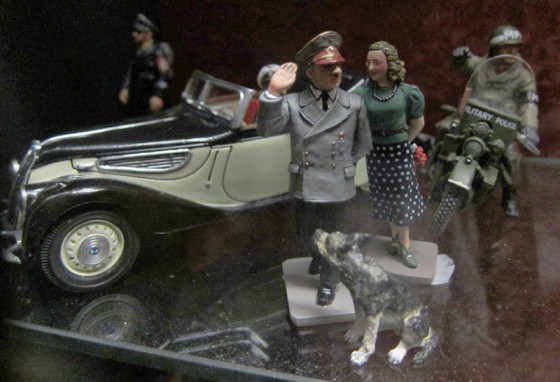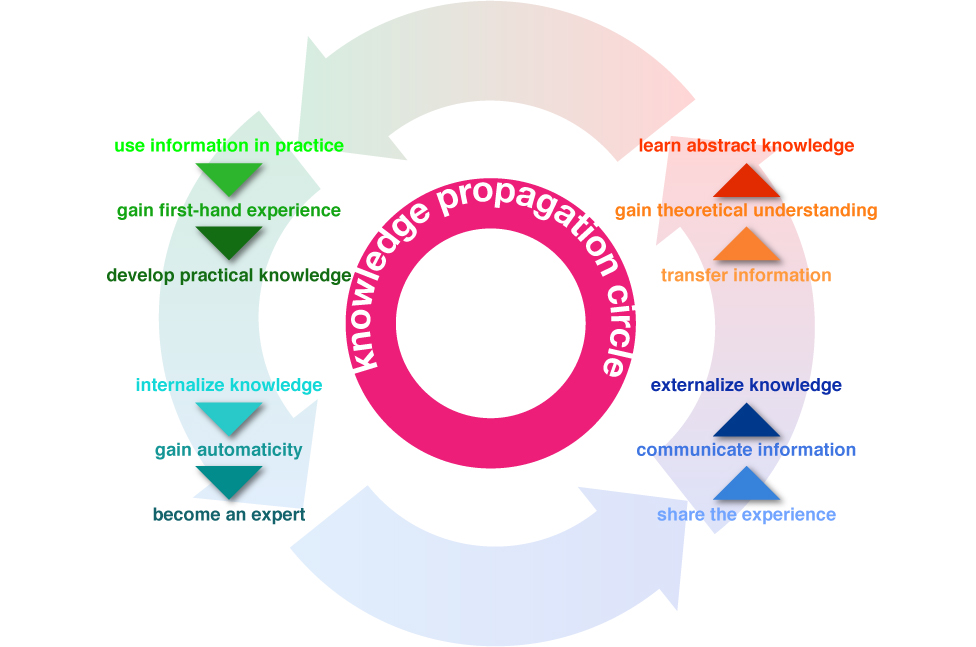Below are the notes from the US Rio+2.0 conference hosted at Stanford last week. The notes are from the Education: Environment and Conservation breakout session. US Rio+2.0 Breakout Session Education: Environment and Conservation Attendees: Prof. Anthony D. Barnosky: Professor and Curator, Department of Integrative Biology at University of California Berkeley Wali Modaqiq: Deputy Director General (DDG), National Environmental Protection Agency (NEPA) of Islamic Republic of Afghanistan Dr. Khalid Naseemi: Chief of Staff & Spokes Person for National Environmental Protection Agency (NEPA) of Islamic Republic of Afghanistan Julie Noblitt: The Green Ninja — Climate-action Superhero Prof. Robert Siegel, M.D., Ph.D.: Associate Professor, Microbiology & Immunology Human Biology/African Studies at Stanford School of Humanities and Sciences Dr. Beth Stevens: Senior Vice President, Corporate Citizenship Environment and Conservation at Disney Worldwide Services, Inc. Madam Anyaa Vohiri, M.A., J.D.: Executive Director, Environmental Protection Agency of Liberia Olga Werby, Ed.D.: President, Pipsqueak Productions, LLC. Mostapha Zaher: Director General (DG), National Environmental Protection Agency (NEPA) of Islamic Republic of Afghanistan Our breakout group was partly the result of the conversation started the day before in the Environment session. Some of the members of our breakout group were present in that session as well. The main discussion…
Background Knowledge
Background Knowledge, Background Knowledge Errors, Conceptual Design, Cultural Bias, Cultural Differences, Ethnographic & User Data, Interface Design
How Do We Think of Brands
by Olga Werby •
I found this video by Adam Ladd — he made a video of an interview with his 5 year old daughter talking about brands. He showed her some very famous logos, and she told him what she thought they were. Naturally, this is a girl from a middle class background, from America. The answers would be very different from a 5 year old brought up in Russia or Papua New Guinea. Notice how she is able to quickly identify a Nike logo. And Disney’s D. And what’s really amazing is that she knows what a logo is in the first place! This little kid has developed a brand p-prim! And she has a well-developed comprehension of visual symbols. I wonder how the same interview would play out in a different culture…
Attention, Background Knowledge, Conceptual Design, Interaction Design, Language, Perception, Pipsqueak Articles, Product Design Strategy
Thinking about the Science of Communication and Interaction
by Olga Werby •

In the Galaxy Far Far Away… What if sentient being evolved on a planet with permanent cloud cover? What if these being never saw stars? Would they still be able to discover the laws of nature? These kinds of hypothetical thinking questions — the Gedankan Experiments, as Einstein put it — are very useful in science. I’ll try to use them here for analyzing product design and communication. So what senses do we need to communicate? And what body appendages are necessary to produce this communication? Note that it helps keep track of these separately. Aroma-bet When I was little, I “designed” a language based on smell: each smell was assigned a character in an alphabet and, strung together in sequence, my smelly letters transcribed into words — the Aroma-bet. There were several problems with this: It was difficult to get an alphabet-worth of distinct odors; Arranged next to each other, the odors started to blend into each other, making “reading” difficult; I got a very bad headache; My mom didn’t like her expensive perfumes used in such a creative way… And I couldn’t remember what letter each smell stood for, requiring the creation of a smell-o-dictionary, which in turn…
Background Knowledge, Conceptual Design, Pipsqueak Articles, Product Design Strategy
Explaining SEO to Clients
by Olga Werby •
I’ve been in meetings where SEO was thrown around like some magic power word — feel like you need to make your arguments stronger? Just say the word! So it’s good that Google made a nice, unthreatening video (note the pink tee-shirt) explaining its position on SEO — “It’s not spam!” — (good to know), that can be shown to clients. Google’s authority on this matter helps alleviate some of the clients’ fears and makes developers’ job a bit easier… Enjoy:
Background Knowledge, Background Knowledge Errors, Conceptual Design, Cultural Bias, Cultural Differences, Pipsqueak Articles, Product Design Strategy
Cultural and Subject Matter Knowledge
by Olga Werby •

What is that?! Is that what I think it is? These toys were part of a window display in a little store in the center of Rome. I don’t believe a lot of kids play with Nazi toy soldiers…in Italy, today. But if WWII turned out differently, these might have been the coveted toys, not just for a limited set of adult collectors, but for average, everyday kids…who happened to be living in an alternate reality. So this brings me to the main point of this post: products have to have cultural relevance, and this requires designers to have a good grasp on social background knowledge and on the subject matter within which they are working. Consider this little street sign in Rome as another example of cultural and subject matter relevancy: If you click on the image, you can get a larger version—yes, it is a crucifix with Jesus icon. Here in San Francisco, this sign wouldn’t work. But in Rome, it makes perfect sense. It’s culturally relevant and conveys information to the local population. Both of these examples show that it’s not just cultural knowledge that’s important. Without knowing the meaning of a crucifix or being able to…
Background Knowledge, Background Knowledge Errors, Causal Net Problems, Cognitive Blindness, Conceptual Design, Cultural Bias, Cultural Differences, Ethnographic & User Data, Featured, Group Decision Errors, Mental Model Traps, Mirroring Errors, Pipsqueak Articles, Product Design Strategy
Community of Practice and Knowledge Propagation Circle
by Olga Werby •

This summer my family and I travelled to Rome. While the temperatures didn’t reach the usual astronomic heights, it was rather warm. But we, and other visitors, didn’t have to worry about thirst. Rome has the best network of public drinking fountains that I have ever seen. Every few blocks, there’s a beautifully-designed basin with a spigot of continuously running water (I know, being from California, the never-ending stream made us very uncomfortable, too). There are two bits of information that have to be passed on to the first-time visitors of Rome: the water is potable—safe to drink, and how to use the fountain—there’s a bit of a trick to them. Above is my son demonstrating a little secret interaction. There’s a small hole on the top of the pipe that can serve as drinking fountain if the main hole at the end is plugged up (with a finger). While we learned about the great drinking water in Rome from many traveling guides (books, online sites, etc.), we obviously didn’t know about the trick until we watched a pro do it. Knowledge Propagation Circle Information propagates through communities. When we first encounter a novel bit of data, it tends to…
Background Knowledge, Conceptual Design, Cultural Bias, Cultural Differences, Ethnographic & User Data, Pipsqueak Articles, Product Design Strategy
Cultural Differences from the 4th Dimension: Time
by Olga Werby •

Some cultural differences are brought to you by geographic distances, but some derive their wonderful exotic qualities from temporal separation. The ads below are all American…just from a different America—America of yesteryore. Role of Women What wives are for? Make her happy this Christmas—make it a hoover! Blow smoke in her face, she’ll love it! Go ahead and cry for it… Housework makes wives cute! Housework makes wives healthy. Healthy Kids Beer for mommies and babies… Give that baby a cola! Give your children the benefit of TV. Healthy You! Give cocaine a chance… Doctors prefer Camels. For a slimmer, flatter, more sinuous you, go with tape worms!
